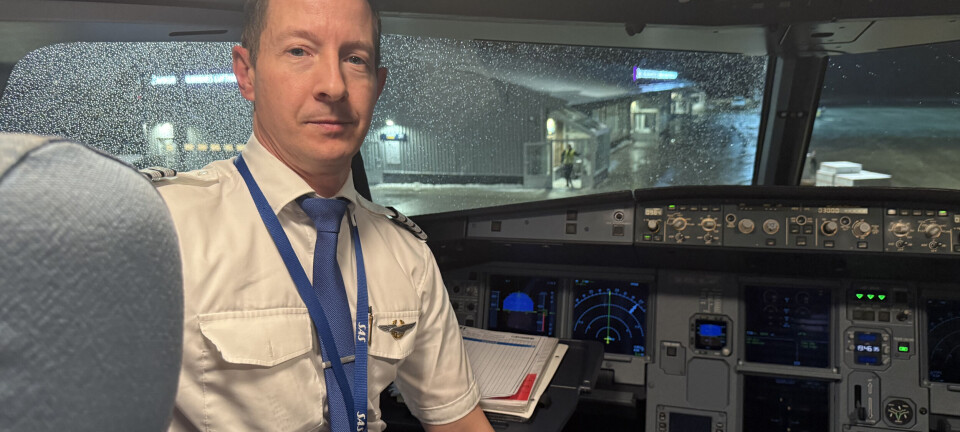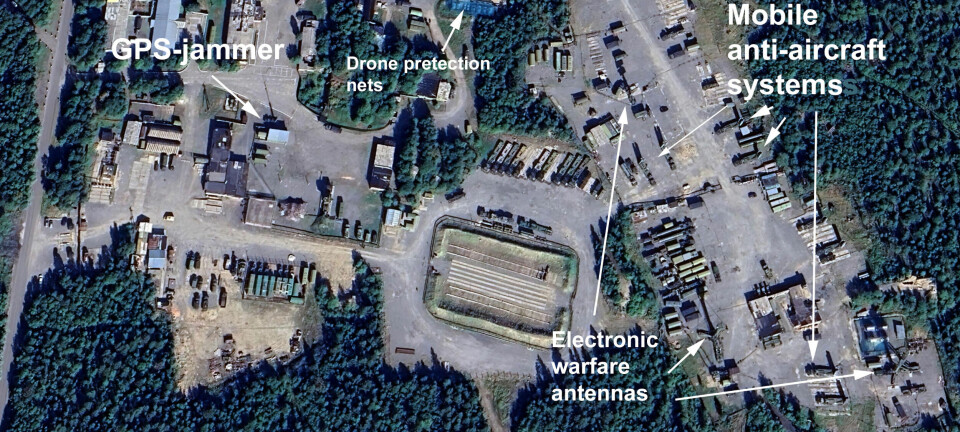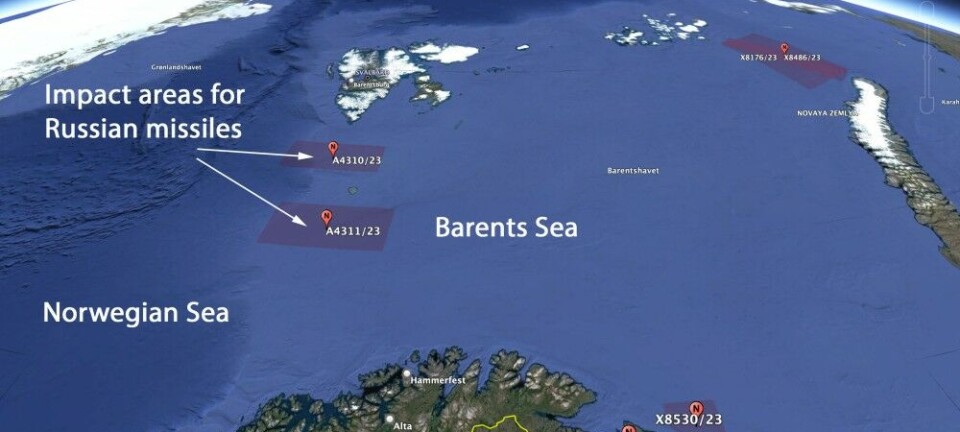
Someone is messing with GPS signals in Svalbard airspace
A Notice to Airmen (NOTAM) warning came soon after pilots detected disturbances in satellite navigation systems in the airspace on July 8.
"GNSS JAMMING AND SPOOFING OCCURRENCES ONGOING," is a warning pilots flying in certain European and Middle East regions have gotten used to in recent years. Last week's NOTAM warning for the world's northernmost airport with regular passenger flights is, however, a first.
“We received notification about this on July 8, and immediately issued a so-called NOTAM warning via Avinor,” says air safety inspector Renato Panebianco with the Norwegian Civil Aviation Authority to Svalbardposten [paywall].
The notification warns about both jamming and spoofing in the airspace under 9500 feet (2895 meters).
Longyearbyen airport at Svalbard has daily direct routes to Tromsø and Oslo on mainland Norway, as well as numerous charter flights with tourists sailing on expedition cruise ships during the summer months. The airport is also home to Norway's high Arctic search- and rescue helicopters, passenger transport to the Ny-Ålesund research station and it serves ambulance planes flying emergency patients from Svalbard to the university hospital in Tromsø.
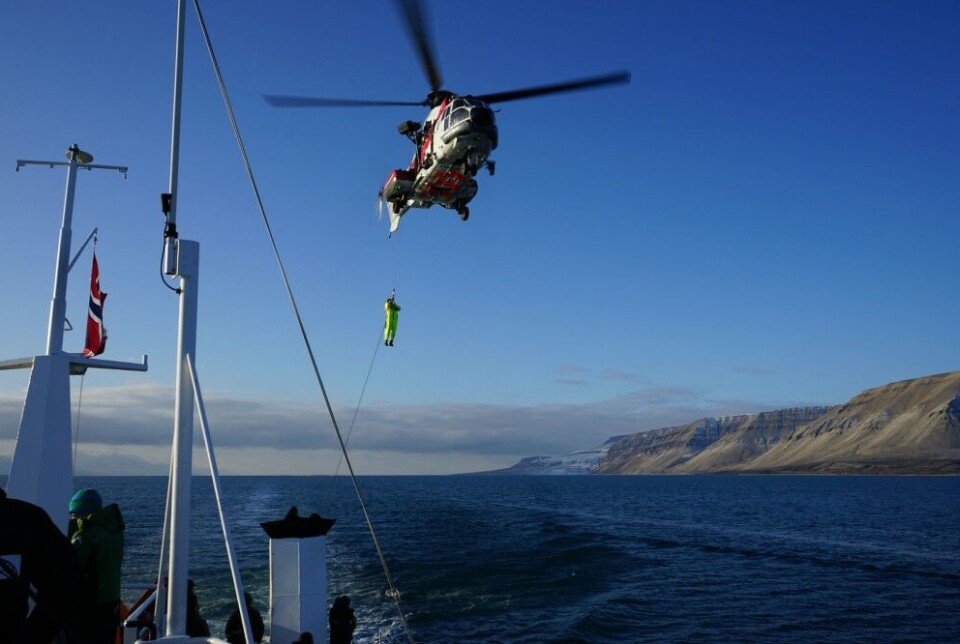
Unlike jamming, spoofing aims to deceive GPS receivers by sending them false signals, indicating an erroneous geographical position. In the cockpit, the systems then calculate an incorrect position, creating trajectory errors that are difficult for pilots to detect.
Spoofing could, as a worst case scenario, mislead the pilot to unknowingly be directed to another position than the instruments show.
Espen Slette with the Norwegian Communications Authority (Nkom) says to Svalbardposten that the disruptions have been reported by some airlines to the Civil Aviation Authority Norway. He assures that the situation is monitored closely.
"Our own measurements have not shown disruptions at ground level either before, during or after the report," Slette says.
The source of the GPS interference is not known.
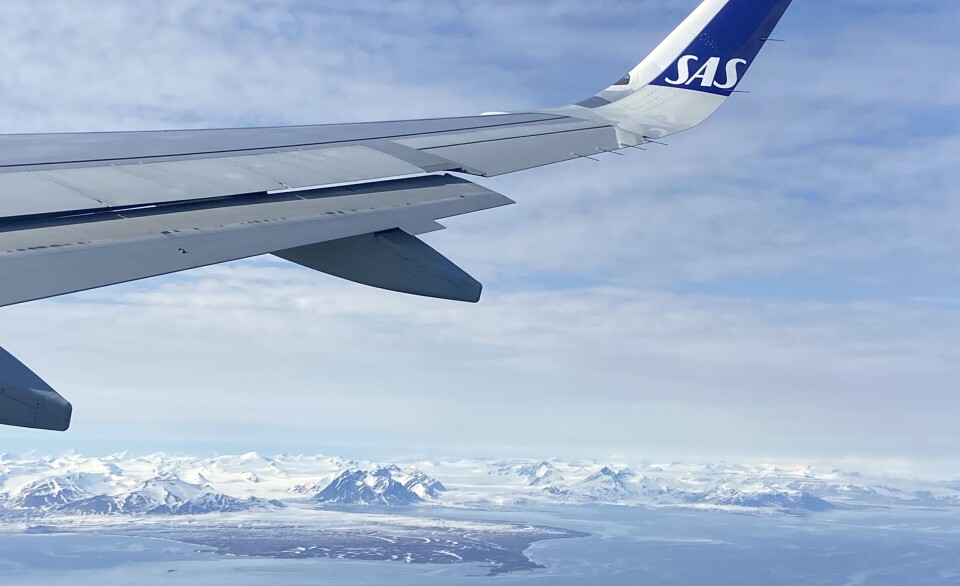
Since 2017, Russian electronic warfare (EW) techniques such as jamming and spoofing have been interfering with non-military activities in northern Norway, Finland and the Baltic Sea region.
Jamming intensified after the full-scale war against Ukraine in 2022.
The Barents Observer has previously reported that the jamming seen in the airspace over the East-Finnmark region in Norway likely is a spillover effect of Russia's own electronic warfare defense measures for military bases at the Kola Peninsula.
Svalbard is strategically located in the northwest corner of the Barents Sea, waters important for the Russian Northern Fleet. The coast of the Kola Peninsula, where Russia has its multipurpose and ballistic missile submarines, is more than 1,100 km from Longyearbyen.
The Arctic military airport Nagurskoye, on the Aleksandra Island at Franz Josef Land, is almost 700 km east of Longyearbyen.


